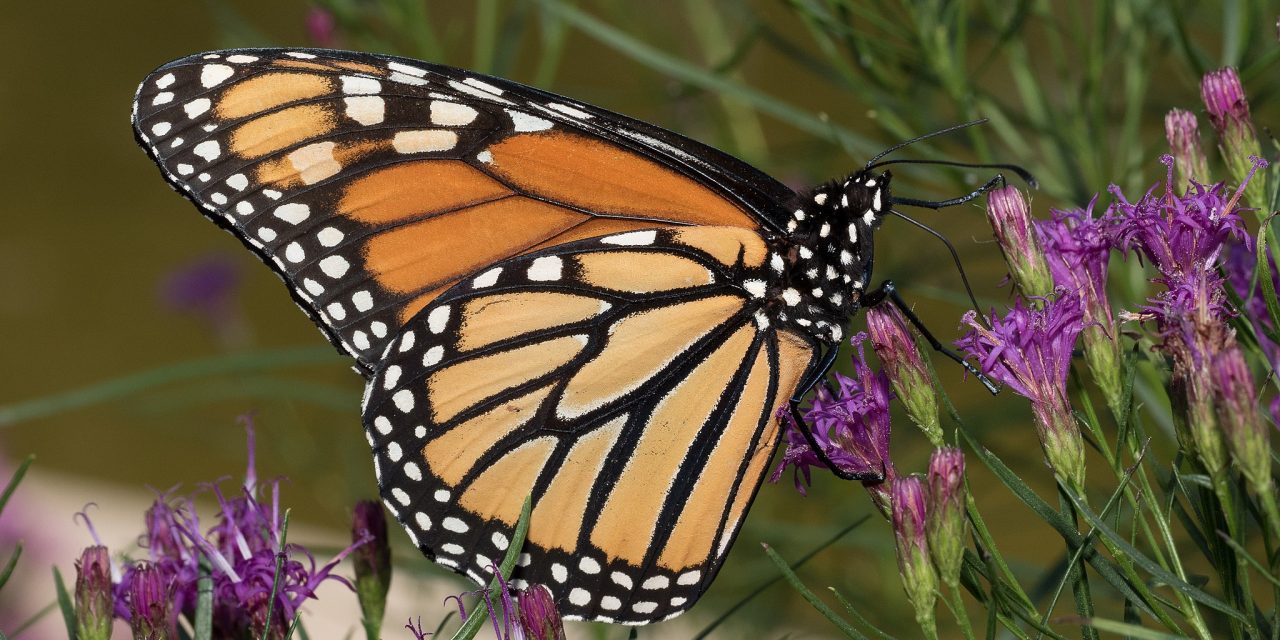PORTLAND, Ore. — The U.S. Fish and Wildlife Service announced Tuesday, Dec. 15, that listing the monarch butterfly under the Endangered Species Act was warranted but precluded by other priorities.
The monarch was proposed for listing in 2014 through a petition submitted by the Xerces Society and its conservation partners, including Center for Biological Diversity, Center for Food Safety, and the late Dr. Lincoln Brower.
“The U.S. Fish and Wildlife Service agrees that monarchs are threatened with extinction,” said Sarina Jepsen, Director of Endangered Species at the Xerces Society. “However, this decision does not yet provide the protection that monarchs, and especially the western population, so desperately need to recover.”
During the spring and summer, the monarch reaches towns, cities and rural areas across the Lower 48, including Pismo Beach Monarch Butterfly Grove, making it probably the country’s most widely recognized butterfly.
However, the sightings are not as common as they once were. The eastern migratory population has declined by over 70% since the early 1990s when monitoring began. Meanwhile, people may be witnessing the collapse of the western migratory population, which has declined by over 99.9% since the 1980s.
With over 95% of the data from the Xerces Society’s Western Monarch Thanksgiving Count in from volunteers this year, the western population has hit an unprecedented low, with a projected final count of fewer than 2,000 monarchs. This is a significant decline from the record-low numbers of the last two years when the total monarch population hovered just under 30,000 monarchs — and far below the millions of monarchs clustered in coastal California in the 1980s.
The monarch faces many threats, including the loss of milkweed and other flowering plants across its range, degradation, loss of overwintering groves in coastal California and Mexico, and the widespread use of pesticides in the environment. Many of these stressors are exacerbated by the effects of climate change.
While Xerces Society is glad that the U.S. Fish and Wildlife Service recognized that protecting monarchs under the ESA is warranted, this butterfly — especially the western population — cannot wait for protection. The society believes the monarch butterfly should be granted protection as soon as possible.
The Xerces Society will continue to work hand-in-hand with farmers and ranchers to find practical solutions to restore and manage pollinator habitat on working landscapes. It also works with managers of roadsides, energy infrastructure, forests and grasslands, community scientists and enthusiasts, other nonprofits and researchers to magnify each individual’s efforts.















